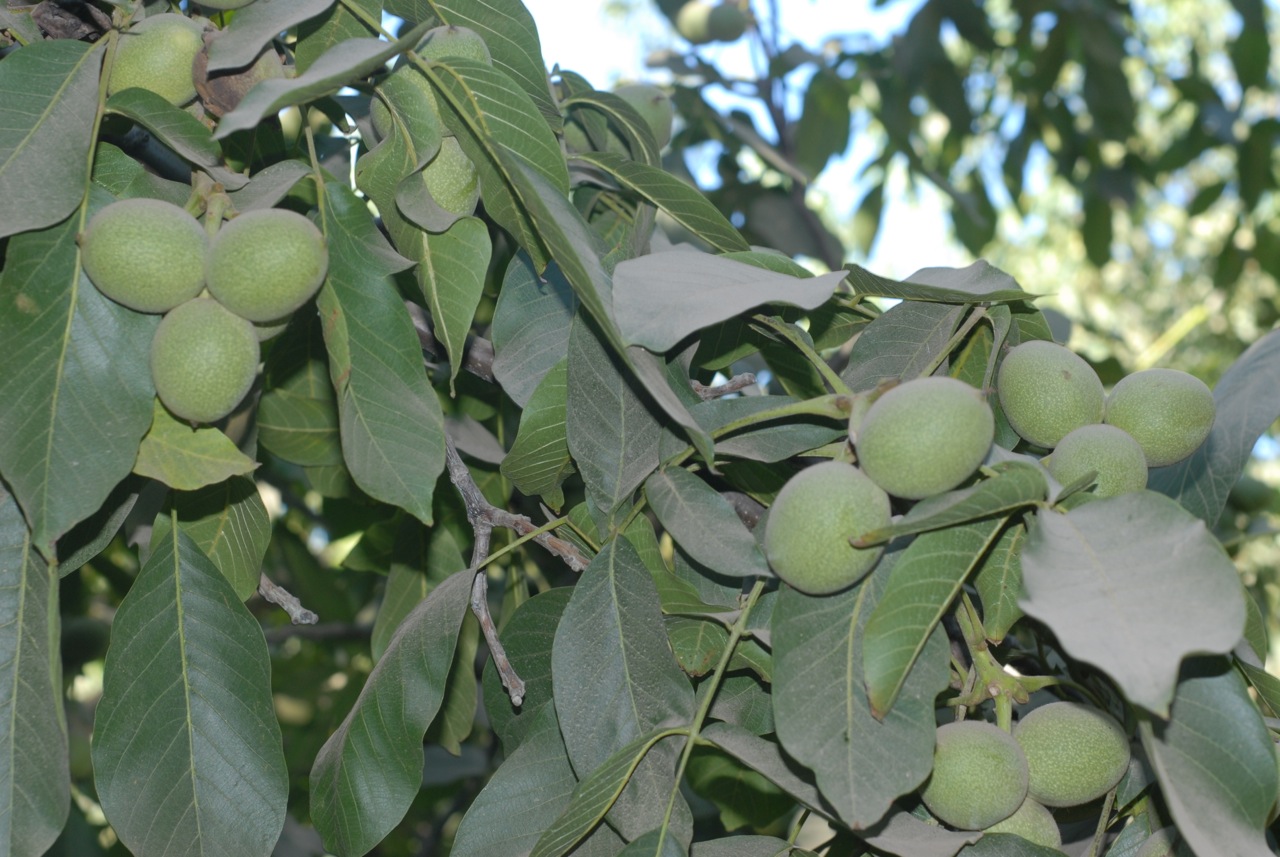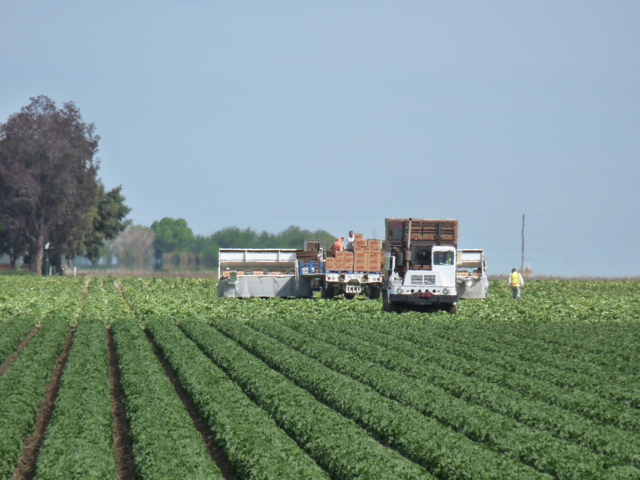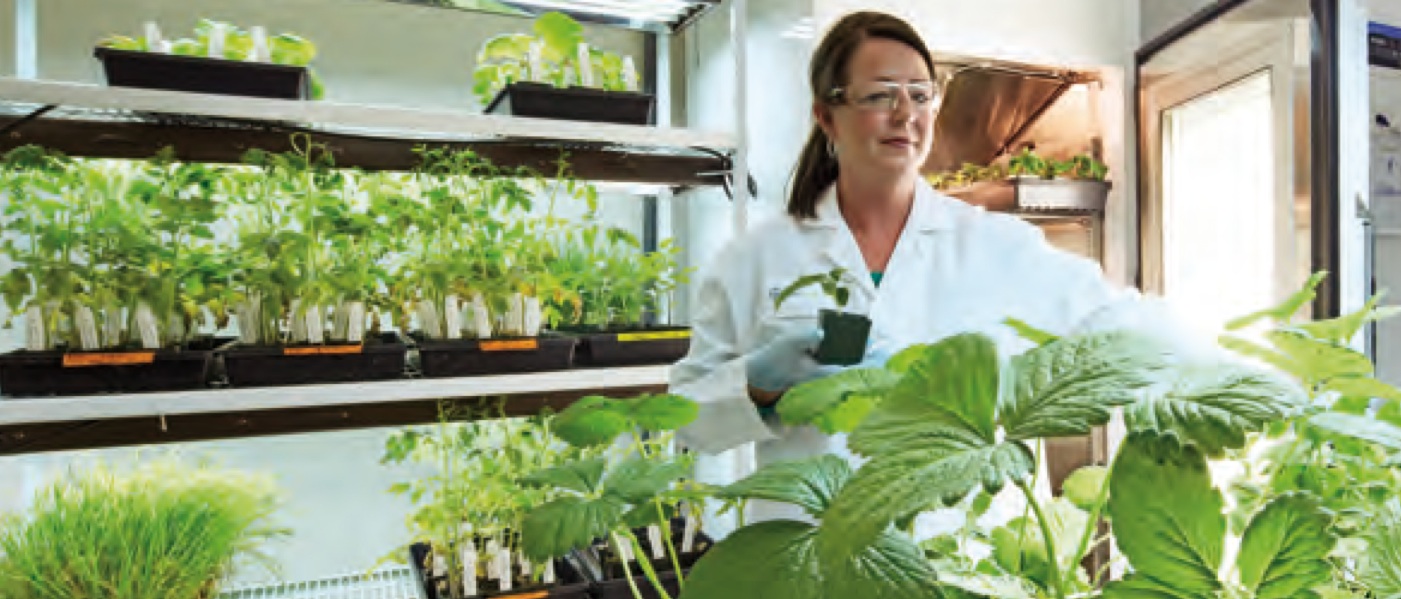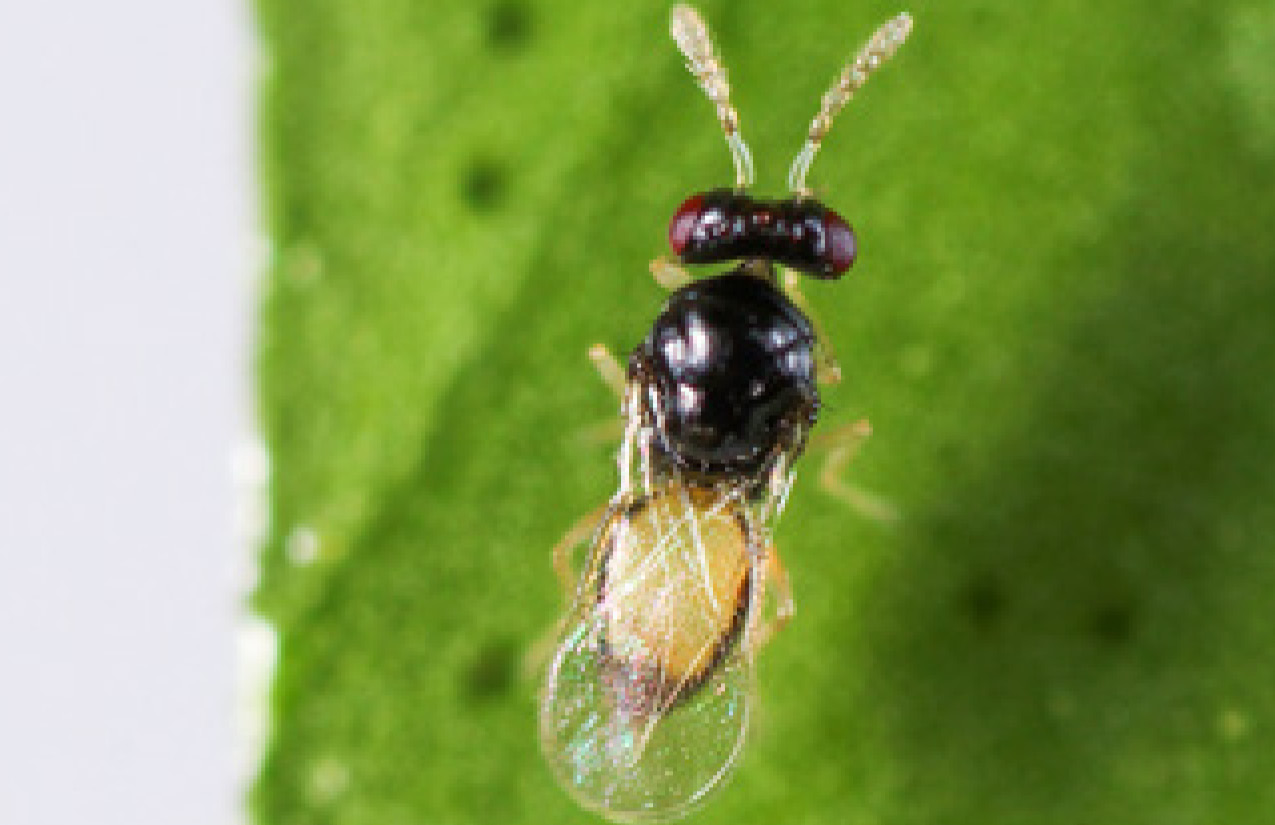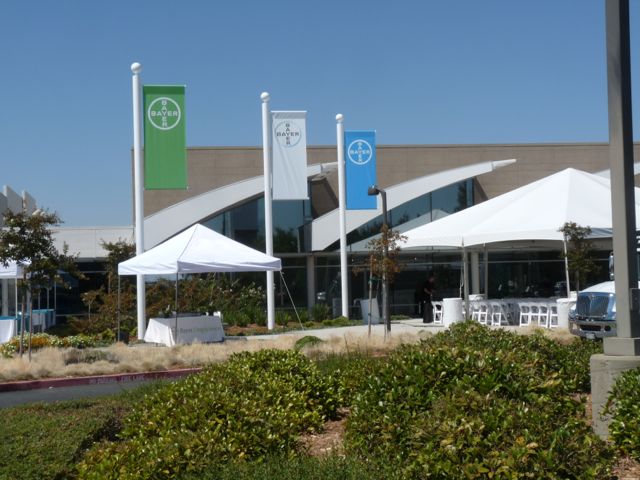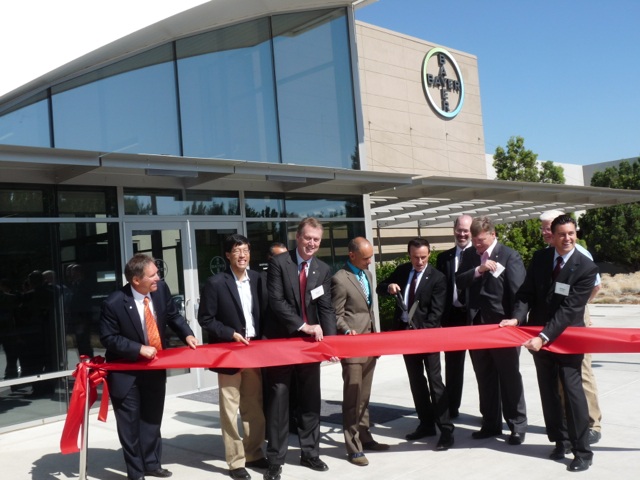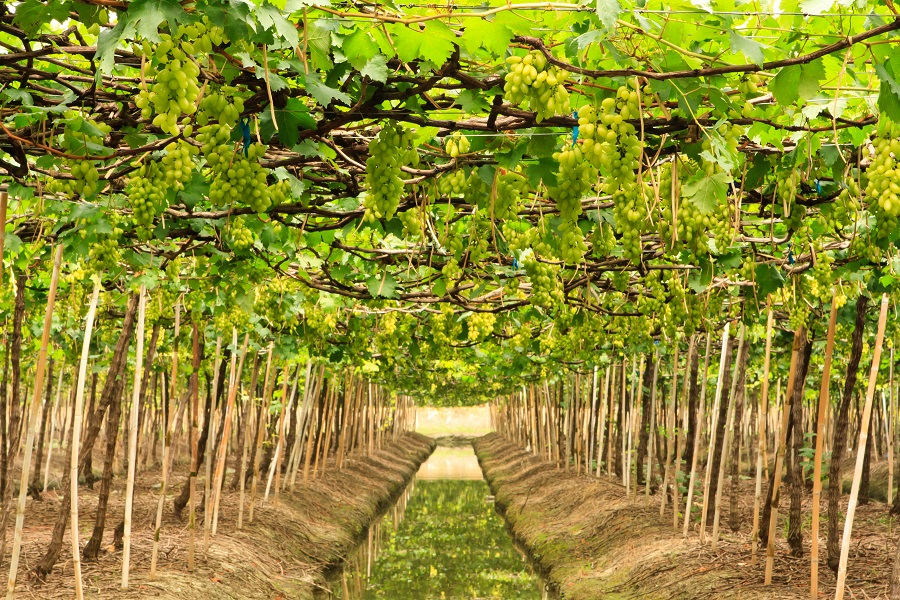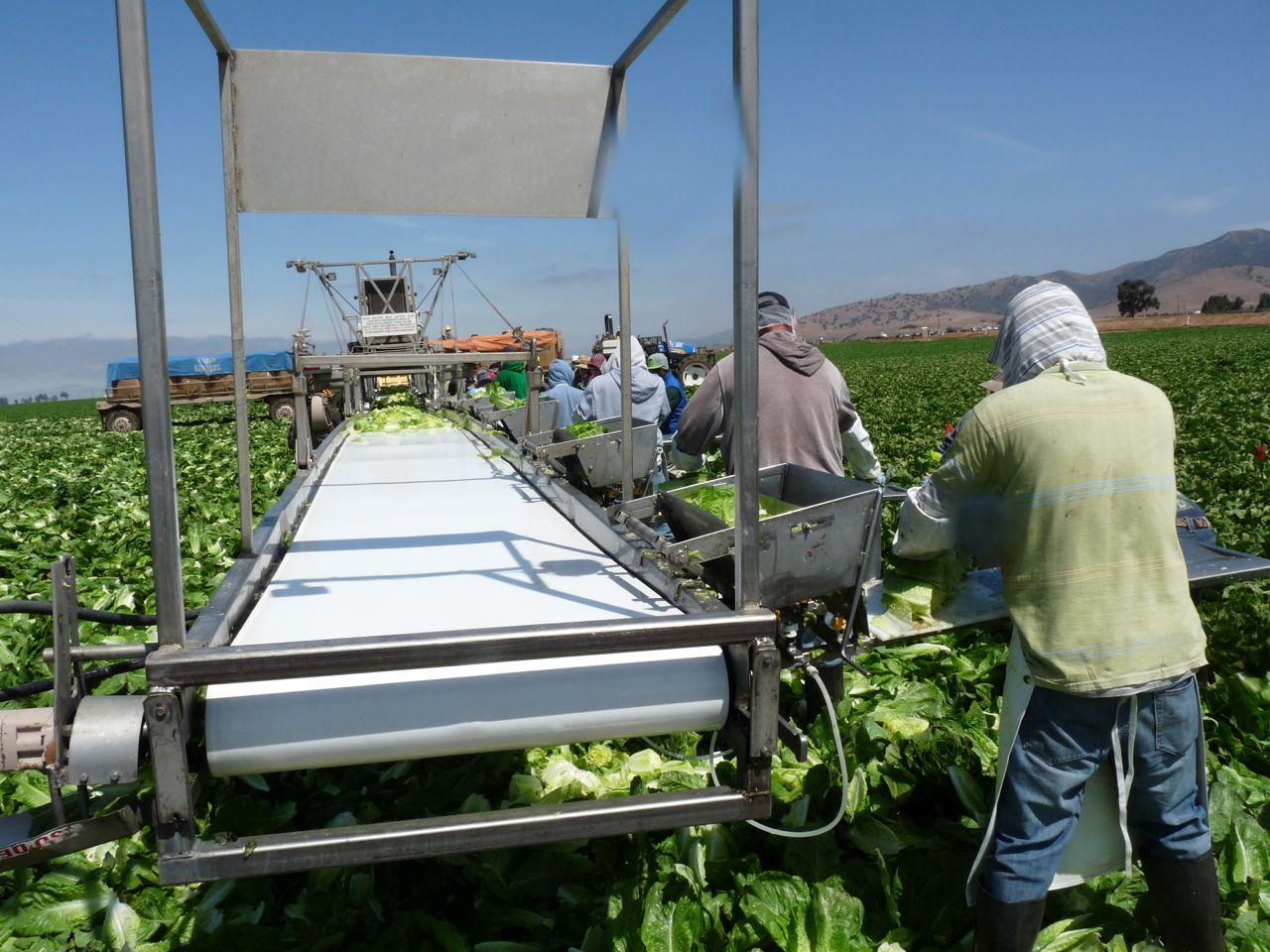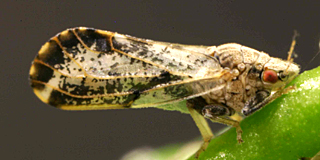Pests and Diseases
Record Walnut Crop Harvest
By Colby Tibbet, California Ag Today Reporter
With a predicted record 545,000 tons to be harvested, the walnut industry is getting very busy this time of year.
Janine Hasey is a UC Cooperative Extension Tree Crops Farm Advisor and County Director for Sutter-Yuba Counties. She also assists growers in Colusa County.
“We started early up here, but the hot weather we’ve had has slowed things down again. So we’re working on early varieties, a lot of Serrs are in; Vinas are in, and Tulares are being harvested, and we are trying to get the Howards harvested.”
“Right now it sounds like we’re on track for that record production prediction to come true,” said Hasey. “Growers are now harvesting early varieties; I have just talked to a grower who doubled Serr production from last year, and her Ashley production has tripled or more,” Hasey commented.
Growers have used a lot of Ethrel, a common late-season spray, to help speed up harvest and trigger a more even harvest period. “Some growers are saying it has worked, while others say maybe not so well,” said Hasey.
In addition to the hot temperatures and dryness, Hasey said, “we’ve had a little bit of dew last week. We are expecting some possible rain showers on Thursday…which would be really good to get the walnut hulls splitting, and get things moving again.”

